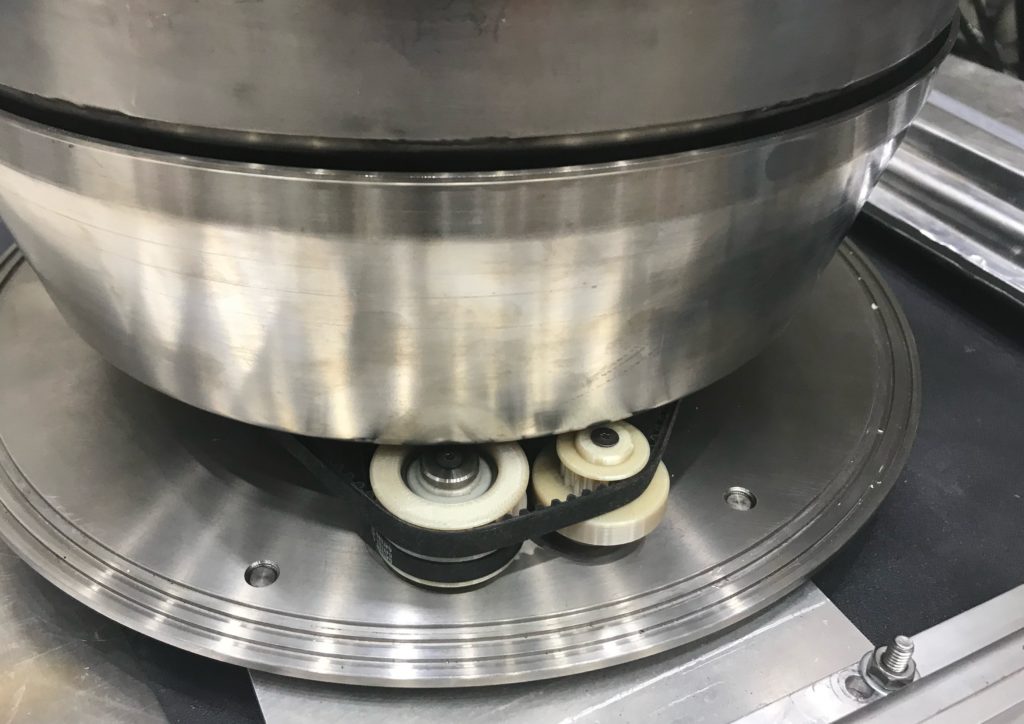While additive manufacturing (AM) on Earth advances, so too do the possibilities in space. We have yet to see the 3D printers aboard the International Space Station (ISS) save the day in an Apollo 13 moment. However, the inevitably of 3D printing critical spare parts does not seem to lay too far out into the future. NASA engineers are already using AM to create replacement components for the ISS, most recently for the Space Station’s Urine Processor Assembly.
In this case, the system was not repaired using 3D printers aboard the ISS, but the feasibility of such a scenario put to the test when engineers for the station’s Environmental Control and Life Support Systems (ECLSS) redesigned the Urine Processor Assembly, flown to the ISS in March and installed in September.
“The distillation assembly is the heart of the Urine Processor Assembly,” said Arthur Brown, deputy manager of ECLSS integration and development at NASA’s Marshall Space Flight Center in Huntsville, Alabama. “It’s the core of the machinery that converts human urine into clean drinking water.”

International Space Station Expedition 63 Commander Chris Cassidy installs the new Urine Processing Assembly’s distillation assembly in Node 3.
Image courtesy of NASA.
The Urine Processor Assembly sees urine boiled in the distillation assembly and sent to a water processor that filters and chemically purifies it into usable water, thus limiting the need, and therefore costs, that go along with shipping water to the ISS from Earth. The technology was first developed for NASA in the 1990s and has been upgraded ever since, now allowing the crew to recycle 90 percent of the water they need on station.
One issue that continued to impact the system was that of worn out belts, needed for belt drives to translate motion across hardware elements and connecting rotating parts to drive gears and wheels. Belts are ubiquitous in the machine world and, in the case of the urine distillation assembly, exposure to steam causes them to wear how more quickly.
To prototype a new belt drive design, the ECLSS team worked with engineers in Marshall’s Materials and Processes laboratory, to 3D print possible options for extending the life of the system’s belts. The teams 3D printed plastic-toothed drive pulley prototypes with near-flight quality in less than two weeks before exploring other upgrades, including internal part redesigns meant to reduce the impact the steam and fluid on the urine distillation system.

The newly redesigned and 3D printed plastic pulley undergoes testing by the Environmental Control and Life Support Systems engineering team at NASA’s Marshall Space Center in Huntsville, Alabama. Image courtesy of NASA.
Whereas the previous distillation assembly might have experienced part failures after 1,400 hours of use, the newest designs saw service life expectancy rise to over 4,300 hours. Because the machine is only used for several hours daily, this means the system could extend to multiple years.
Prototyping parts for the Urine Processor Assembly obviously served to address a very immediate problem using 3D printing on Earth, but the project served as a trial run for what may come as NASA embarks on its Artemis program for sending astronauts to the Moon in 2024.
“As we travel farther from Earth on Artemis missions to the Moon and build toward longer, crewed missions to Mars, it’s inevitable we’ll need more reliable hardware and a reduced requirement for spares,” Brown said. “Even from the space station, it’s a long way to the nearest hardware store or machine shop.”
The ultimate plan is to have spare parts for such systems as the Urine Processor Assembly replaceable in space itself, according to Brown:
“Our first goal is always to increase reliability. If hardware doesn’t break, that’s a problem solved. But we’re also working to enable on-orbit maintenance by replacing component parts – from sensors to vacuum pumps – instead of taking out whole mechanisms and flying up brand new ones. In future systems, everything internal is designed to be individually replaceable by the crew.”
In-space maintenance is just one of many operations that will need to be performed for long-term space missions. Others include constructing bases, recycling materials, and manufacturing of complex structures, such as satellites.
Subscribe to Our Email Newsletter
Stay up-to-date on all the latest news from the 3D printing industry and receive information and offers from third party vendors.
You May Also Like
Air Force Awards Fortius Metals $1.25M to Qualify 3D Printing Wire for Hypersonic Applications
AFWERX, part of the US Air Force Research Laboratory (AFRL), awarded a Direct-to-Phase II Small Business Innovation Research (SBIR) contract worth $1.25 million to Colorado’s Fortius Metals, to accelerate qualification...
US Air Force Awards JuggerBot $4M for Large-format Hybrid 3D Printing
Large-format 3D printer manufacturer JuggerBot has received a $4 million grant to develop a large format 3D printer, courtesy of the Under Secretary of Defense, Research and Engineering Manufacturing Technology...
Where Have All AM’s Unicorns Gone?
In the rapidly evolving world of 3D printing, startups valued at over a billion dollars, known as unicorns, once seemed as fantastical as the mythical creatures themselves. While a few...
How My Childhood Fascination with Planes Led to Investing in 3D Printing
My fascination with aerospace started young, and I started studying planes–identifying them in the sky and learning everything I could about how they work. Fast forward to my first week...































